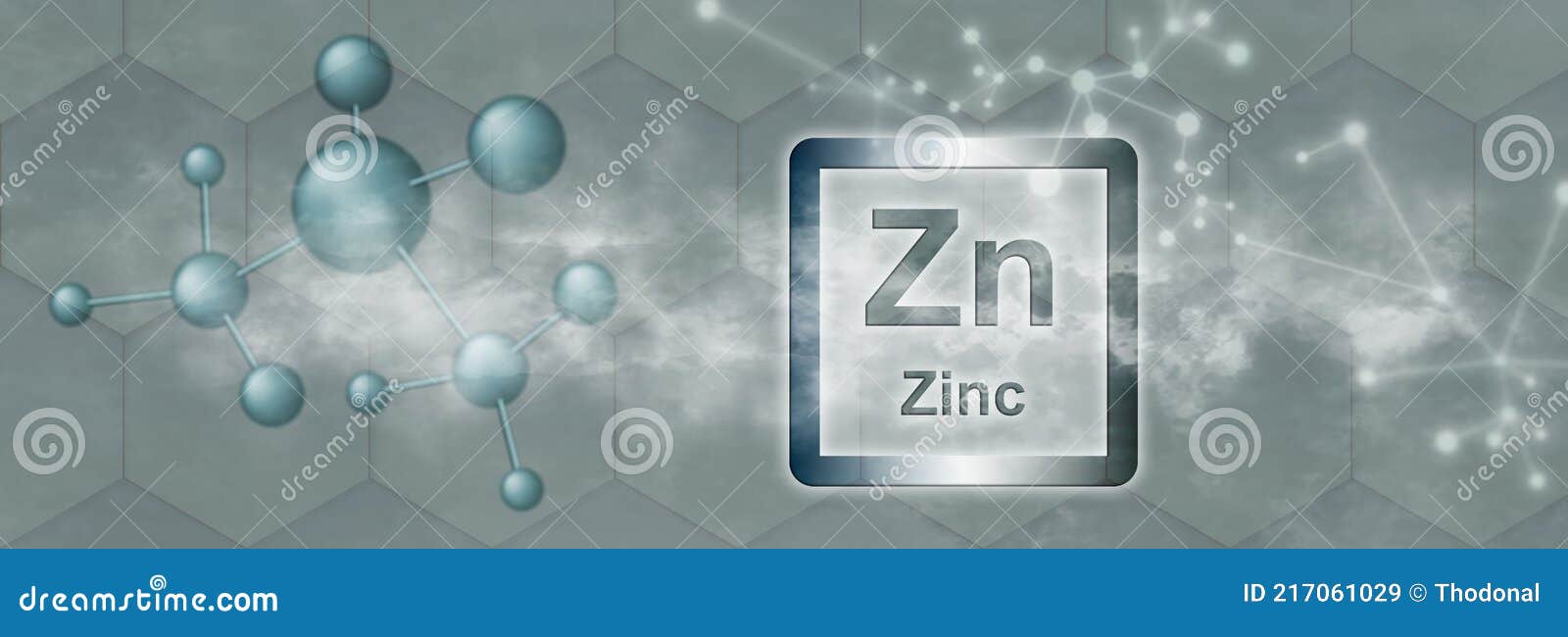

Much of the modern understanding of elements developed from the work of Dmitri Mendeleev, a Russian chemist who published the first recognizable periodic table in 1869. Attempts to classify materials such as these resulted in the concepts of classical elements, alchemy, and various similar theories throughout human history. The history of the discovery and use of the elements began with primitive human societies that discovered native minerals like carbon, sulfur, copper and gold (though the concept of a chemical element was not yet understood). Air is primarily a mixture of the elements nitrogen, oxygen, and argon, though it does contain compounds including carbon dioxide and water. Nearly all other naturally occurring elements occur in the Earth as compounds or mixtures. Only a minority of elements, such as silver and gold, are found uncombined as relatively pure native element minerals. When different elements undergo chemical reactions, atoms are rearranged into new compounds held together by chemical bonds. This is in contrast to chemical compounds and mixtures, which contain atoms with more than one atomic number.Īlmost all of the baryonic matter of the universe is composed of chemical elements (among rare exceptions are neutron stars).

For example, oxygen has an atomic number of 8, meaning that each oxygen atom has 8 protons in its nucleus. The basic particle that constitutes a chemical element is the atom, and each chemical element is distinguished by the number of protons in the nuclei of its atoms, known as its atomic number. A chemical element is a chemical substance that cannot be broken down into other substances.


 0 kommentar(er)
0 kommentar(er)
